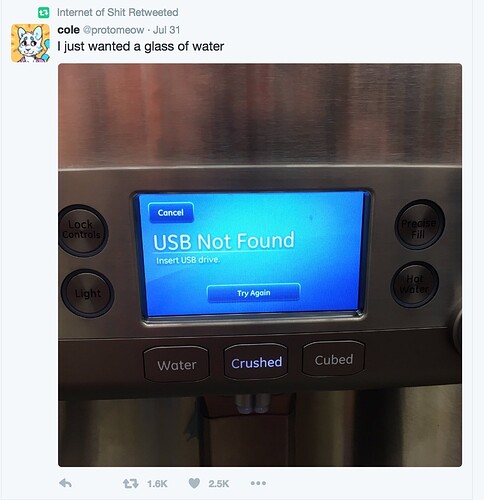I’ve met Éireann for the first time a couple of months ago, during LOTE5 in Brussels. I mostly remember him for knowing probably all brand new, absurd Twitter accounts, and being able to quote quite a lot of their content.
Then I have learned a bit more - and the more unveiled, the more impressive it got. There is a great reason for us to team up and work on the challenge together: Hacking, internet security, and medical devices. He knows a lot about that stuff.
Éireann with his friend, Dr. Marie Moe started investigating the security of pacemakers - as Marie’s life actually depends on a little instrument that generates each of her heartbeats. And runs on a proprietary code. This means she has to implicitly trust the programmers, and despite her and Eireann’s years of assessing devices for security holes, they wouldn’t normally be “allowed” to investigate the security of such devices.
This implies how little a regular customer of similar devices is informed about the ways they work, what protocols and tools they use, where their data is stored, etc. It has everything to do with person’s safety - and still, companies keep most of the key information secret from the users, making them more vulnerable.
I suggest you watch this great video from 32C3, where Marie and Éireann tell about their journey.
Obviously, the issue of safety transcends this case and applies to a whole range of tools that increasingly improve our quality of life and longevity. The security flaws are potentially causing exactly the opposite, making for a health/life hazard. There are concerns about privacy too, where your medical data flows around the world to companies that may or may not be taking measures to protect it.
But that’s not all - Éireann works also as an advisor for European Network for Cyber Security (ENISA), has founded http://www.concinnity-risks.com/, and works as a Senior Risk Researcher at Cambridge Centre for Risk Studies. He is loosely affiliated with I Am The Cavalry, a cyber security movement, whose motto is “Safer. Sooner. Together.”
He contributes to our OPENandChange application vast expertise in the security of medical devices, and embedded devices. He will be helping DIY makers, programmers, and engineers with training on how to build safer code, and what standards they will want to comply with to produce products for different markets. He’s also offering insight into vulnerability research and standards-based research, contributing safety and transparency knowledge to this huge, open swarm OPENandChange wants to become. Lastly, he loves the idea of preparing a consumer training and equipping people who rely on medical devices with knowledge and clear questions they can ask about their own devices.
Finally, Éireann has just been announced an Open Web Fellow for Privacy International and he will be taking the word out about our idea while advocating for open cyberspace.
